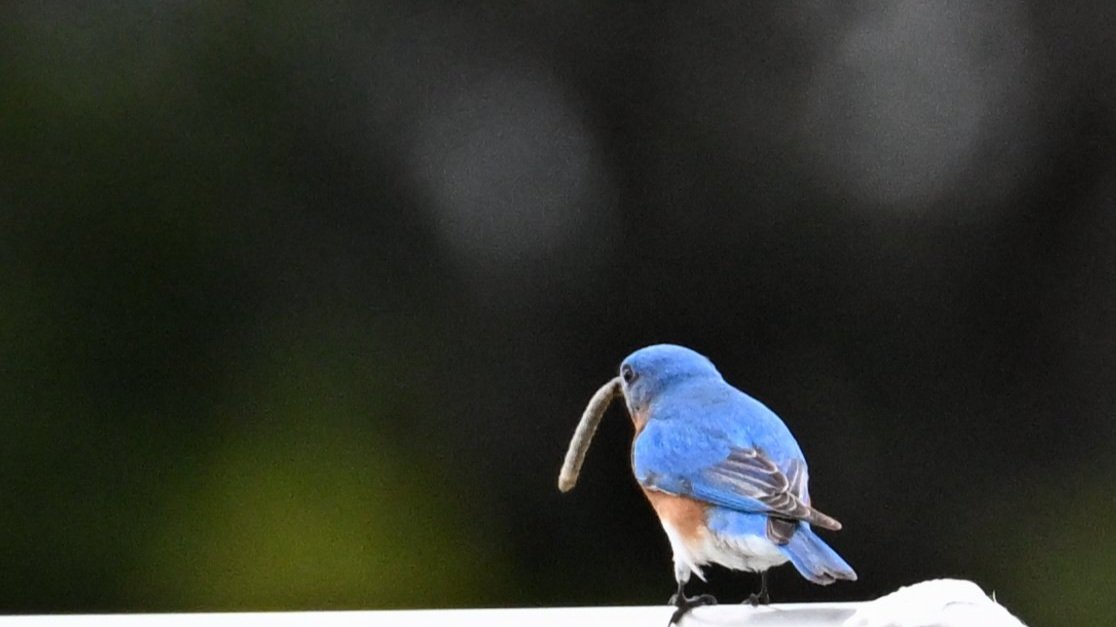About the Cover…
Male Eastern Bluebird at Jacob’s Well - February 18, 2024
Betsy Cross
If you love bluebirds, you may be happy to hear that I’ve seen more bluebirds in the last 3 weeks than I’ve seen in the last 3 years. What happened?
In 2021, the Eastern Bluebird population in Texas declined by 25 to 30%
After Winter Storm Uri in February 2021, a Freeman Ranch manager reported finding 12 dead bluebirds huddled together in a single nest box. Texas Bluebird Society President Pauline Tom recounted similar stories in the July 2021 TBS Newsletter and noted that Cornell’s eBird app recorded only 7,064 Eastern Bluebird sightings in Texas in March 2021, compared to over 10,000 in March 2019 and in March 2020. She was hopeful that a strong bluebird population before the storm and an increase in the number of nest boxes installed across Texas would help bluebirds rebound.
Hays County Master Naturalists observed similar decreases in bluebird sightings across the county. No bluebirds were seen at Jacob’s Well Natural Area in 2021, 2022, or 2023—not in a nest box and not even in a tree. Then for the first time in over three years, Jacob’s Well staff spotted a male and female pair of Eastern Bluebirds in the “mid-40” near the labyrinth. Since the last week of January, bluebirds have been sighted and photographed on both sides of the property every weekend. There are 11 bluebird nest boxes at Jacob’s Well.
A male bluebird was observed inspecting Box 1 at Jacob’s Well - February 18, 2024
Six days later, a partial bluebird nest was documented in Box 1 - February 24, 2024
After a 3-year absence, Eastern Bluebirds have returned to Jacob’s Well Natural Area, and early signs of nesting behavior are positive!
And at Blue Hole Regional Park in Wimberley, Texas…
…a male bluebird was singing his heart out in the middle of the soccer field.
When he spotted a caterpillar in the grass, he fluttered down from his soccer goal perch to get it and quickly returned to consume it— February 10, 2024. There are 8 bluebird nest boxes at Blue Hole.
Photos and documentation by Betsy Cross.
Project 702—Bluebird Nestbox Monitoring
Hays County Master Naturalists participate in bluebird habitat enhancement and research by implementing bluebird nest boxes across the county and by monitoring and documenting number of eggs, nestlings, and fledglings in each brood from February through July.




